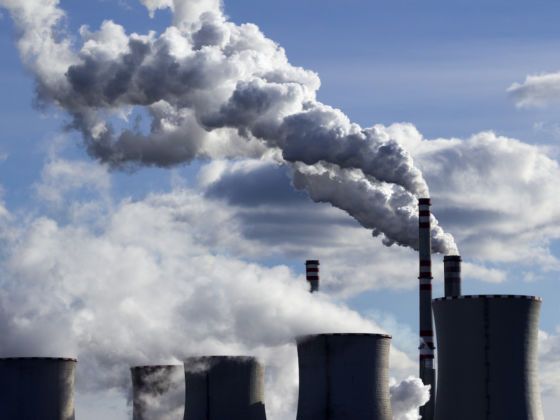This is The Climate Win, the most positive sustainability news around the world every week.
Last week’s Climate Win focused on Environmental Justice, a movement that addresses environmental hazards and how they disproportionately affect disadvantaged communities. We have more on that this week, with a dose of good news, with our look at “peaker plants.”
